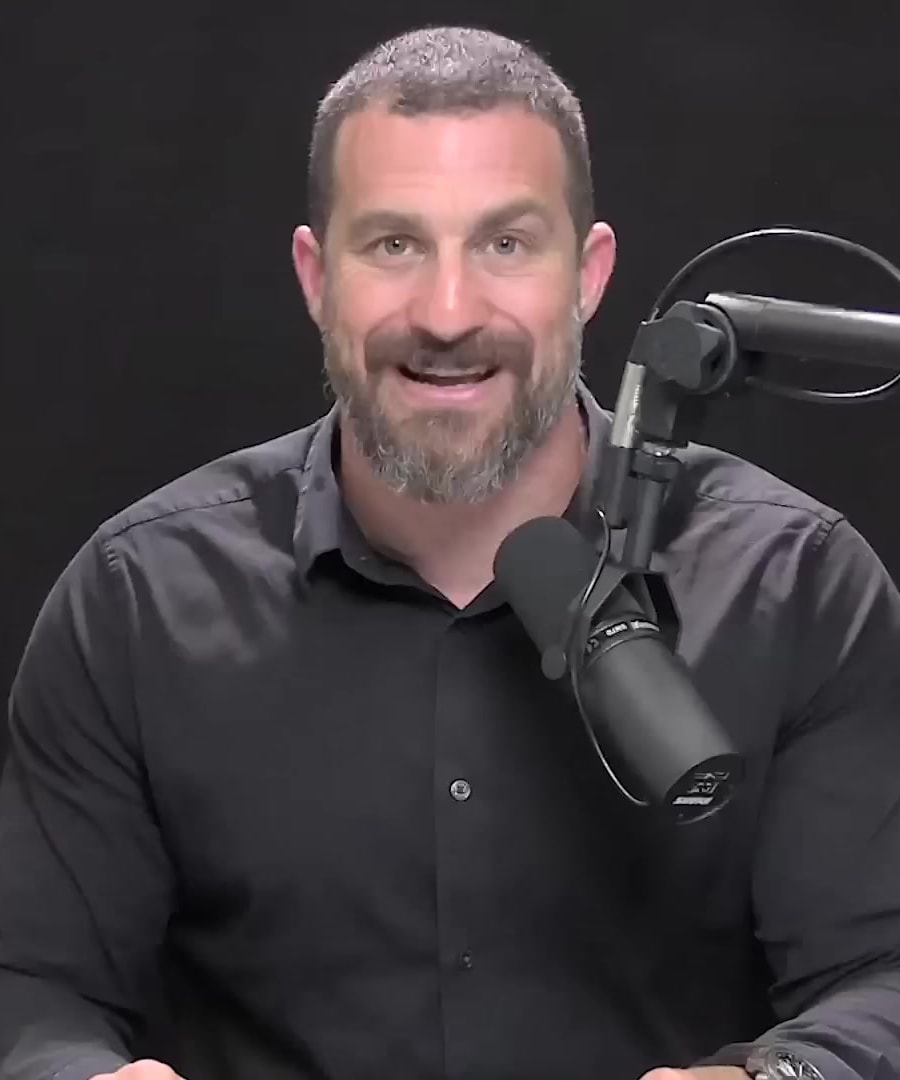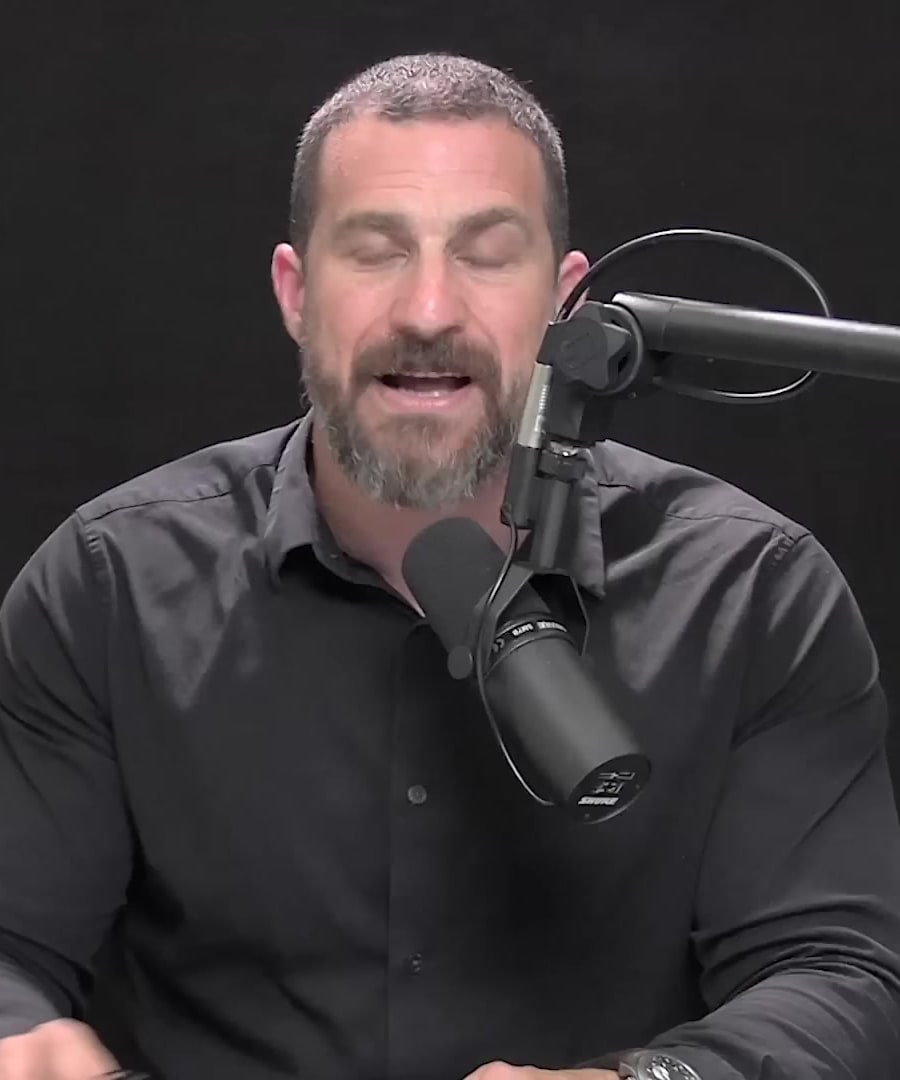What is PNF stretching?
Sources:
PNF stretching stands for Proprioceptive Neuromuscular Facilitation stretching. It is a technique that leverages neural circuits by performing passive and active muscle actions to improve muscular strength and flexibility. The approach uses proprioception, which involves an understanding of limb positioning in space relative to the body, feedback from sensory neurons in the joints, connective tissue, and muscle spindles, and actions within the tendons like the Golgi tendon organ to enhance stretching effectiveness.
This stretching method typically involves alternations of contracting and relaxing the muscles being targeted. For example, you could pull a limb towards you using a strap to stretch the muscles and then relax into the stretch or use additional force to push the end range of motion and then relax. PNF stretching can be done alone or with a partner, with or without straps, weights, or machines.
Key mechanisms in PNF stretching include the Golgi tendon organs (GTOs) and muscle spindles. When a muscle contracts, it activates the GTOs, which can inhibit the spindles in the opposing muscle group. This interplay leads to a greater range of motion in the relaxed muscle group due to a process called autogenic inhibition. Andrew Huberman emphasizes the role of spindles and GTOs in PNF stretching, explaining that contracting one muscle group can lead to the relaxation of the antagonistic muscle group through autogenic inhibition, thus enhancing flexibility 1.
PNF stretching is distinct from dynamic stretching, which involves movement with controlled momentum (especially at the end of the range of motion), and ballistic stretching, which uses more momentum. It is also different from static stretching, which aims to hold the end range of motion with minimal momentum to improve flexibility 1 2 3 4.
Static stretching can be active, where force is applied to extend the range of motion, or passive, where the body relaxes into a further range of motion. Andrew suggests that static stretching, which includes PNF, is more effective than dynamic and ballistic stretching for long-term increases in limb range of motion 4.
In summary, PNF stretching is an effective way to improve flexibility and limb range of motion by using muscular contractions and relaxations to work with the body's proprioceptive feedback systems.
RELATED QUESTIONS



